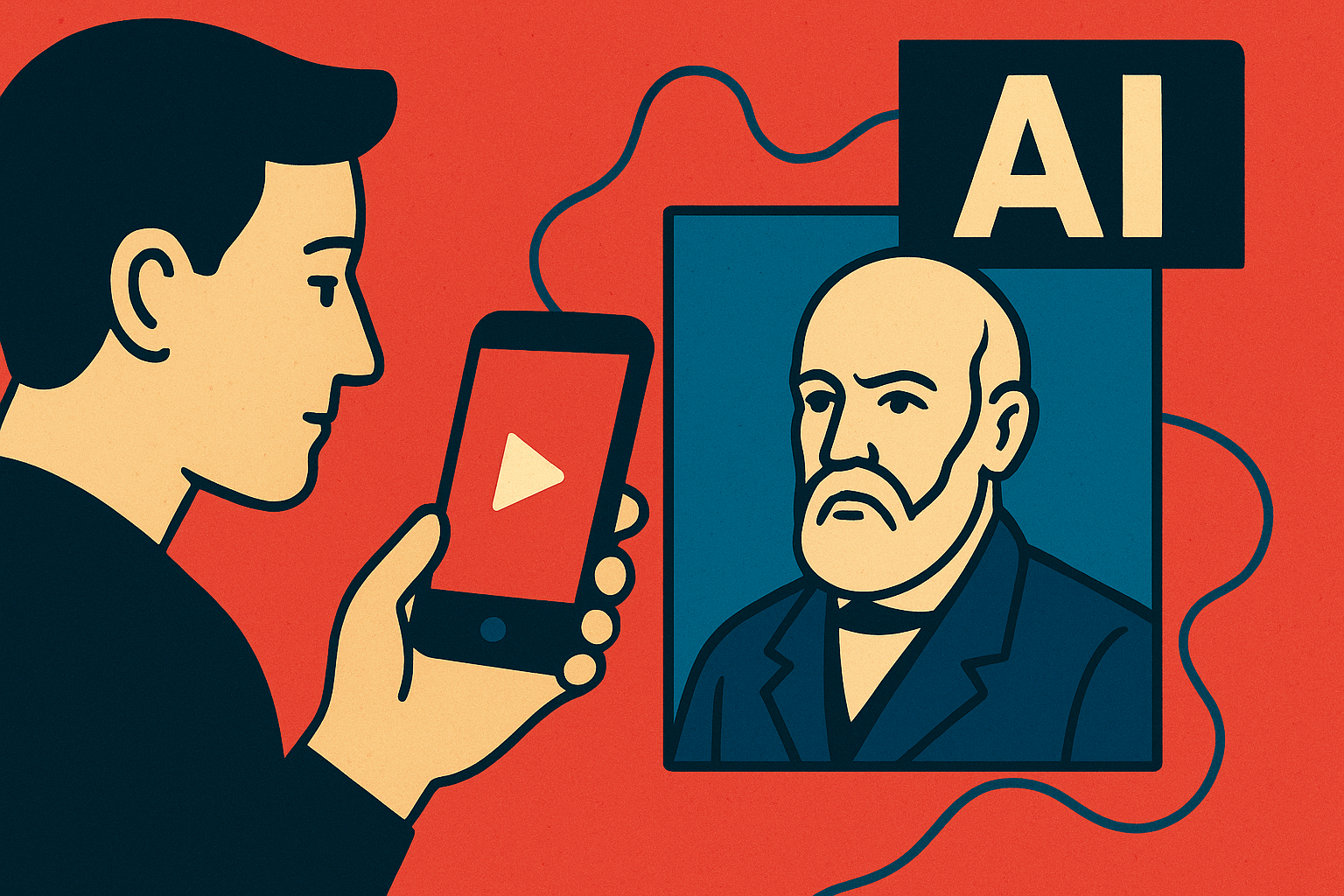The AI Gold Rush Meets Its Dark Mirror
In just five days, OpenAI’s Sora 2 app — a generative video platform that transforms text prompts into lifelike clips — has topped one million downloads across the U.S. and Canada. The app’s explosive debut, reported by The Guardian, marks another milestone in the rapid commercialization of generative AI. But as investors cheer yet another sign of AI’s mass adoption, a darker theme is emerging: deepfakes and digital likeness rights could trigger the next major regulatory storm.
The viral appeal of Sora 2 lies in its ability to animate historical or deceased figures in new contexts — a feature that’s captivating creators and alarming policymakers alike. For investors, this development encapsulates both sides of the current AI trade: boundless innovation paired with rising legal and ethical risks that could reshape the sector’s trajectory.
AI Crosses a New Threshold — From Words to Moving Worlds
OpenAI’s first version of Sora stunned the tech world earlier this year by generating photorealistic video from text. Sora 2 takes that a step further, integrating motion capture, facial synthesis, and speech modulation to produce near-cinematic results. Early beta testers describe it as “DALL·E meets Hollywood.”
The app’s viral success mirrors what analysts at Morgan Stanley and Bloomberg Intelligence have called the “AI video inflection point” — the next phase in a trillion-dollar generative media economy that’s expanding beyond text and image generation. Global AI spending is projected to exceed $600 billion by 2027, with video and entertainment AI accounting for a growing share, according to PwC’s Global AI Outlook 2025.
Yet as OpenAI and rivals like Runway, Stability AI, and Meta race to dominate this emerging content layer, regulators and investors are grappling with a critical question: how will the market price the risk of misuse?
Why This Matters for Investors
Sora 2’s debut is more than a viral tech story — it’s a signal of new revenue frontiers in creative industries, advertising, education, and digital media. For venture and public-market investors, it represents an early entry point into a new AI-driven media stack.
Companies positioned to benefit include:
- AI infrastructure and chip providers (Nvidia, AMD, Super Micro Computer) that power generative workloads.
- Creative software platforms (Adobe, Autodesk) integrating generative video into their ecosystems.
- Content moderation and cybersecurity firms (Palo Alto Networks, SentinelOne) poised to address deepfake and synthetic media verification.
However, the same technology that enables Hollywood-quality storytelling at scale could also spark the “deepfake decade” — a term coined by MIT Technology Review to describe the coming wave of misinformation, fraud, and identity theft powered by AI-generated media. Legislators in the U.S. and Canada are already weighing frameworks to govern synthetic content.
The U.S. Federal Trade Commission recently warned that “AI deepfakes used for political manipulation or fraud could warrant enforcement action,” while Canada’s Innovation, Science and Economic Development ministry confirmed new AI content authenticity guidelines are in development.
The Legal Cloud Over the AI Boom
The heart of the concern lies in digital likeness rights — the legal protection of a person’s image, voice, and identity. Sora 2’s ability to animate deceased historical figures or celebrities blurs the line between tribute and exploitation.
This has already prompted backlash from rights holders. The Guardian reports that several estates are consulting legal experts to challenge unauthorized digital recreations. The Writers Guild of America and Screen Actors Guild (SAG-AFTRA), both active in recent AI labor negotiations, have flagged “synthetic video models” as a key battleground for future contracts.
Investors should take note: the intersection of AI creativity and intellectual property could soon become one of the most litigated frontiers in tech. As JPMorgan analysts noted in a recent AI risk report, “The pace of regulation in generative video will determine which platforms achieve durable monetization.”
Future Trends to Watch
- AI Content Labeling and Watermarking: Expect U.S. and Canadian regulators to mandate visible or embedded watermarks for AI-generated videos by 2026. Companies offering verification tools could gain regulatory tailwinds.
- Synthetic Media Insurance: As risk grows, insurers are exploring policies that cover reputational or copyright damages from deepfakes — a nascent but potentially lucrative financial niche.
- Consumer Trust as Currency: Platforms that can balance creativity with transparency will command a premium valuation. User trust, not just model accuracy, will drive market leadership.
Key Investment Insight
The AI video revolution is unfolding faster than anticipated, creating both new profit centers and regulatory landmines. Investors should approach the space with a barbell strategy:
- Long-term exposure to AI infrastructure, verified content platforms, and legal-tech solutions.
- Short-term caution toward overvalued or unregulated consumer-facing apps.
The key isn’t whether AI video will scale — it already has — but who will control, regulate, and authenticate it. As the industry matures, winners will be those who align innovation with compliance and ethics.
Stay ahead of the markets.
For real-time coverage of AI, tech, and market-moving developments, follow MoneyNews.Today — your trusted source for daily investor intelligence.





